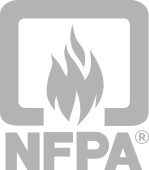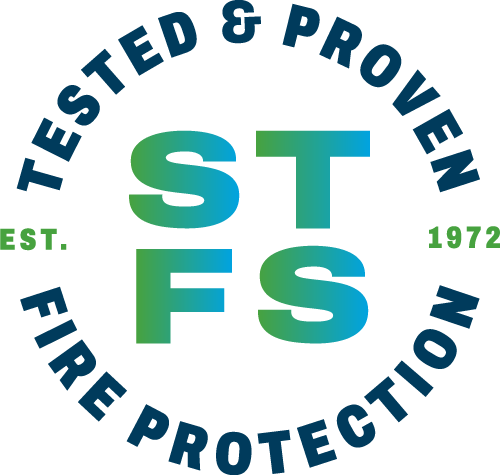Although any building can be at risk for fire, the causes of fires in apartment buildings are very different from other types of buildings. Unlike single-family residences, where many fires start in the heating system or in the chimney or fireplace, apartment buildings most often see fires caused by cooking. In fact, an astonishing 74 […]
While cooking with grease can enhance the flavor of your food, it also can increase the risk of a kitchen fire. In fact, the National Fire Protection Association (NFPA) notes that cooking fires are the No. 1 cause of fires and fire injuries in the home. According to a recent NFPA report, there are an […]
Knowing how to handle fires in the home is important for every homeowner or tenant. But with so many fires still causing damage, injury and death every year, it’s apparent that more education and better tools are needed to save lives and property. Learning how to manage different types of fires, such as knowing what […]
Any building is at risk for fires, though causes vary with the structure and how it’s used. Even among residential fires, the risks can be very different, depending on whether it’s a single-family residence or a multifamily dwelling such as an apartment complex, condominium, townhouse or row house. Multifamily residences have a distinct profile when […]
Kitchen fires account for an average of 172,000 home fires every year. That makes them the No. 1 cause of home fires and breaks down to about 471 kitchen fires every day in the U.S., which are responsible for a reported 530 civilian deaths, 5,270 fire injuries and some $1.1 billion in property damage every […]




